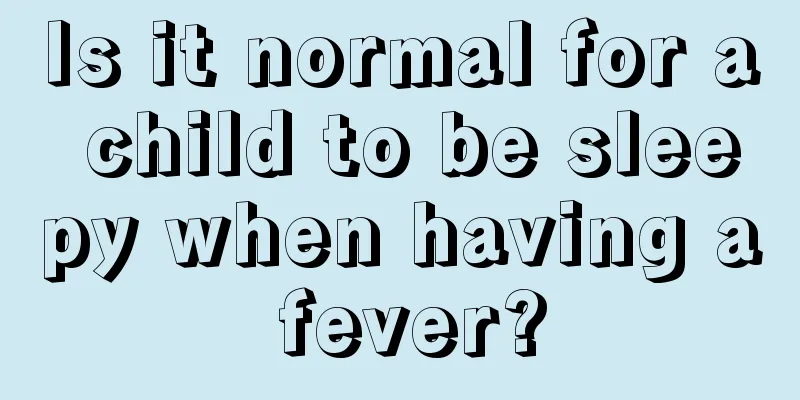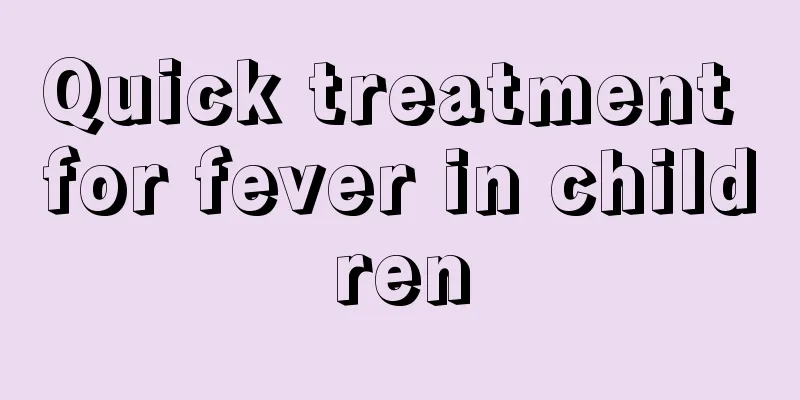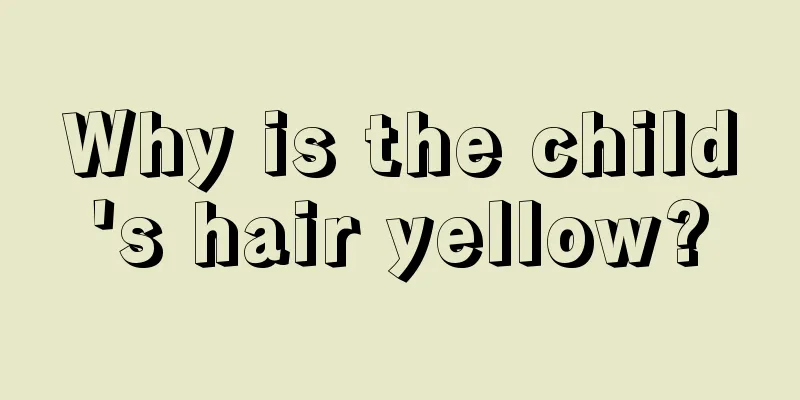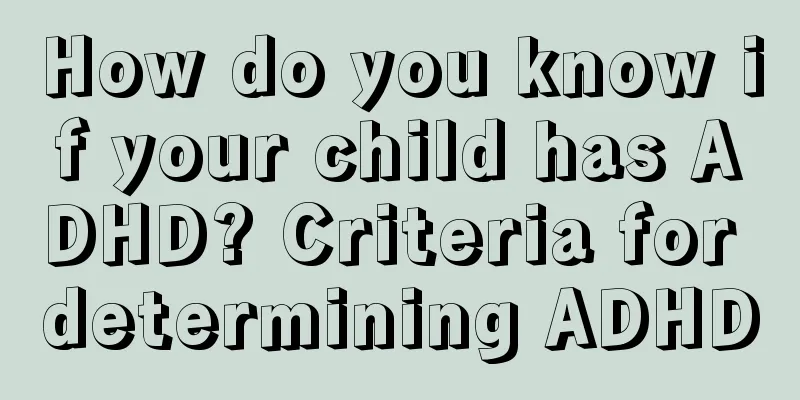What are the development standards for babies in the fifth month?
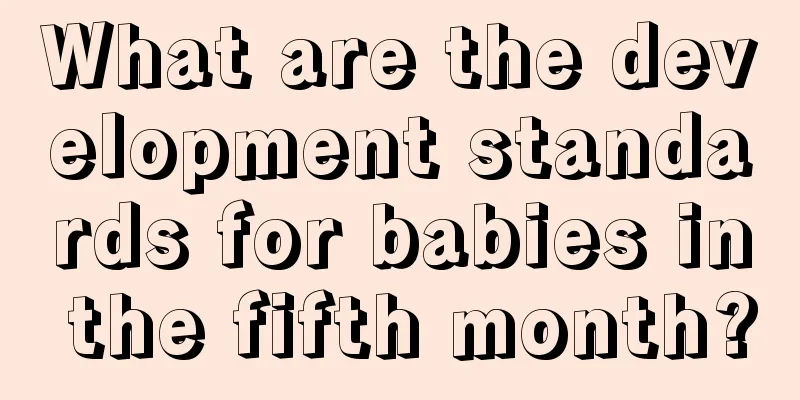
|
The growth and development of babies are different at each stage. For first-time mothers, they are particularly concerned about their children's health and pay attention to the baby's development at every stage. So what are the development standards for babies in the fifth month? Let's analyze it together. 1. During this period, babies' facial features such as eyebrows and eyes also "grow", their faces become rosy and smooth, and they become more adorable. At this time, the baby has gradually matured, showing a lively and cute body, and the growth rate of height and weight has begun to slow down compared to before. 2. When the baby is five months old, The weight of a male baby is 5.3 to 9.2 kg and the height is 60.5 to 71.3 cm. The weight of the baby girl is 5.0 to 8.4 kg and the height is 58.9 to 69.3 cm. Baby's 5th month: the play stage 3. Now he will take on a major challenge - sitting up. As his back and neck muscles gain strength and his head, neck, and torso develop balance, he begins to take the small step of sitting up. First, he needs to learn to raise his head and maintain the posture when lying on his stomach. You can let him lie on his stomach with his arms forward, and then place a bell or a conspicuous toy in front of him to attract his attention and induce him to keep his head up and look at you. This is also a good way to check his hearing and vision. At this point he can use his hands to put anything he's interested in into his mouth. You can lie on the bed and use your hands to support your whole body and help yourself into a sitting position. You can sit alone for a while, but sometimes you still need to support yourself with your hands in front of you. When picking up items, you no longer use both hands to pick them up, but use one hand. 4. Now they can tell the difference between red, blue and yellow. Don't be surprised if your child prefers red or blue; these seem to be the favorite colors for children of this age. At this point, your child's visual range can reach several meters and will continue to expand. His eyes can move up, down, left and right to pay attention to small things, such as snacks on the table; when he sees his mother, his eyes will follow her figure. 5. At this point, your child will not only pay attention to the way you speak, but also to each syllable you pronounce. He will hear vowels and consonants and begin to notice the way they combine to form syllables, words, or sentences. Your child begins babbling with many of the rhythms and features of his or her native language, and even though it may sound like gibberish, if you listen carefully you will hear him or her raise and lower his or her voice as if he or she is making statements or asking questions. 6. Now, as your child's memory and attention strengthen, you will notice signs that he is not only taking in information, but also applying it to his daily life. At this stage he can understand an important concept - cause and effect. He may feel his crib rock when he kicks the mattress, or learn that a bell makes a sound when he hits or shakes it. Once he knows he's got these interesting things, he'll move on to other things and see what results emerge. In the first few months he thinks the world consists only of the objects he sees, when you leave the room he thinks you disappear, and when you come back you are a completely new person to him. Likewise, when you hide a toy under clothes or in a box, he thinks it's gone forever and won't bother looking for it. But around this time he begins to realize that the world is more permanent than he thought, that the same person is greeting him every morning, that the teddy bear on the floor is the same one that had been with him in bed the night before, that the things you hide don't actually disappear. Through games of hide-and-seek, or by watching the comings and goings of those around him, the child continues to learn the eternal principles of matter over the next few months. 7. He is very interested in adults’ faces. When you hug him, he will poke your eyes with his fingers and grab your glasses. When his name is called, he can turn his head and look in the direction of the voice. A 4-month-old baby will be happy when he hears the voice of his mother or a familiar person talking. He will not only smile but sometimes laugh out loud. At this time, the baby is a happy and lovable little person. The smile is now visible at all times, and, unless your baby is sick or unwell, a cheerful smile displayed for long periods of time every day will brighten your life and his life. This period is the time to consolidate the close relationship between baby and parents. What are the developmental standards for babies in the fifth month? The above is an introduction to this issue. I wonder if you have some understanding of it. The growth and development of the baby is very important, especially to lay a good foundation. Good living habits and methods should be cultivated when the baby is young so that they can grow up healthily. |
<<: What to do if your 11-month-old baby has repeated fevers
>>: What is the cause of baby's red eyelids?
Recommend
Is the neonatal jaundice treatment device safe?
Neonatal jaundice treatment devices can treat jau...
What causes red and swollen bags under children’s eyes?
Every child is very beautiful, especially when th...
What should we do if children have arrhythmia?
The anatomical and physiological basis of arrhyth...
Treatment of neonatal birth injuries
We may have seen many children suffering from neo...
What should children eat when they have stomachache?
What should children eat when they have stomachac...
How to properly regulate children’s weak spleen and stomach?
Because parents are usually busy with work and ha...
How do you know if your baby is cold or hot?
Because babies are young, they cannot express the...
How to strengthen the physical fitness of children who are prone to catching colds?
It is a common situation for children to have poo...
How to Cope with Children with ADHD
Children nowadays are born in a happy era and don...
How to solve the problem of hard stool in children?
Generally speaking, children's stools are ver...
Is it okay for children to get injections when they have a fever?
Many parents with children know that the process ...
Why does my baby sweat a lot when sleeping?
Taking care of a baby during the day is already v...
How long should babies take vitamin D
In fact, you should supplement your baby with mor...
How to treat bad breath in children
It is a very common phenomenon for children to ha...
Characteristics of children's growth and development
We all know that before adulthood our bodies are ...
